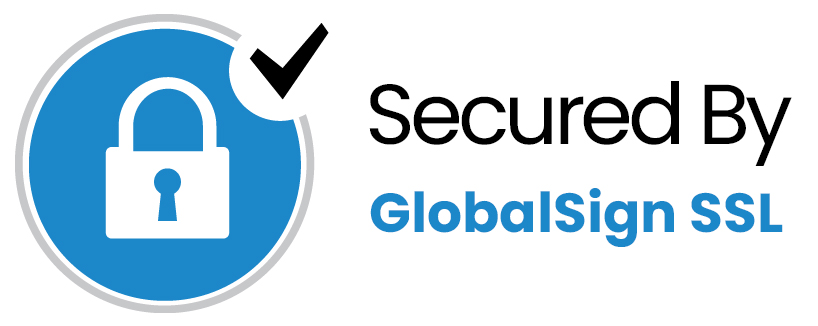Loan Disbursement Guide: Types, Process, and Fees
What happens after you sign the loan agreement—between approval and fund receipt? Why might you get less than the approved amount? For example, if you're approved for a ₹5 lakh loan but only ₹4.85 lakh lands in your account, where did the ₹15,000 go? Are disbursement or processing fees at play? Understanding these steps can help you avoid delays or errors. For many, grasping the loan disbursement meaning is the first step toward avoiding surprises. We'll cover what is loan disbursement, the loan‑disbursement process—types, stages, fees, late‑repayment penalties, and processing costs—so you can navigate disbursement smoothly and be prepared for each stage.
What is Loan Disbursement?
Loan disbursement is one of the most crucial stages of the credit lifecycle, where a lender transfers the approved amount—either into the borrower's bank account or to a third party—for the agreed purpose. Releasing these funds requires completing a rigorous process: application review, collateral assessment, legal verifications, underwriting, documentation, and compliance checks. If you've ever wondered what is a loan disbursement process, this definition lays the groundwork.
Loan Disbursement Processing Time
Processing times for loan disbursement process vary by loan type: personal loans are typically disbursed within 24–48 hours, whereas mortgage financing often requires additional title searches and legal clearances, extending the time frame.
Fees Associated with Disbursement
Disbursement Fee
Covers the administrative and transaction charges for processing and releasing the loan amount; typically flat or a small percentage of the disbursed sum, commonly 0.25 % to 1 % of the disbursed amount. The home loan disbursement process may involve slightly higher documentation verification costs due to property valuations.
Origination Fee/Processing Fees
A one‑time charge to process the application, underwriting, document handling and verification, assessed as a percentage of the loan, commonly 1 % to 3 %; typically flat and non‑refundable.
Prepayment or Foreclosure Fee
Penalty levied if the borrower repays the loan earlier than the scheduled time frame, offsetting foregone interest income.
How Does Loan Disbursement Work?
1) Recognizing the Funding Requirements
The lender or borrower identifies the need for a tranche of funds and determines release based on the loan agreement or project milestones. All required documents—such as insurance certificates and collateral proofs—must be complete and all preconditions satisfied before disbursement.
2) Submitting the Disbursement Request
The borrower submits a formal request for funds, attaching the supporting and required documentation (proof of identity, income statements, and any other documents stipulated in the loan agreement). For example, a small enterprise provides recent supplier invoices and bank statements to assist its working‑capital drawdown.
3) Approval & Sanction
The credit or operations team ensures the presence of every document required, such as identity proofs, invoices, income statements, and paperwork that align with the lender's scheme. They verify that all borrowers' obligations are outlined in the loan contract, which are obliged to be met before releasing or authorizing the release of funds. For instance, if a bank approves the loan amount, it examines site photographs to verify construction progress before approving the next fund.
4) Executing Funds Transfer
The electronic transfer gets initiated through the treasury or payments desk. The electronic transfer could be in the form of ACH, wire, or internal transfer, with specific borrower's account details and reference codes. For instance, if INR 1 million are approved by the lender, they get wired to the borrower's account, along with the tranche number mentioned in the transaction, and loan reference and if there are any other specific details.
5) Recording & Reconciling Transactions
The loan servicing system and the general ledger within the banking and non-banking system record the disbursements with the details. All bank statements are reconciled against the information, transactions, and entries to detect and resolve discrepancies. For instance, a properly drafted report is generated by the operations department to check all the construction tranches comply and align with the corresponding bank details.
6) Issuing Confirmation Notice
Instant confirmations are sent to the borrowers through SMS, email, or portal alert, where the individual relationship managers and the credit team associated with it are notified alongside. For instance, an SMS and mail such as "INR 700,000 credited to account ending 6590 on June 2, 2025" appears on the borrower's online banking portal, email or dashboard.
7) Monitoring Fund Usage
Once the funds are disbursed by the lenders, they track the usage of the funded amount through site visits, progress reports, or financial statements. This process is to ensure the intended purpose for the loan amount is met. For instance, if the lender has in the pipeline to release the next educational‑loan installment, they verify that the tuition fees have been paid to the institution regularly.
8) Ensuring Compliance & Reporting
Audit teams review all the disbursements and ensure they are complied into regulatory filings such as central‑bank returns. In case of exceptions, they are escalated for remediation. For instance, in the case of a bank, the monthly disbursement is registered with the Reserve Bank, inclusive of each beneficiary, tranche, and compliance status. Whether it's a Loan Against Property or another secured product, these steps remain consistent.
Types of Loan Disbursement
Full (Lump‑Sum) Disbursement
The entire loan‑sanctioned amount is disbursed by the lender at once in one big payment after the completion of the documentation.
Partial Disbursement
The loan amount is divided into multiple tranches or stages, where each installment is released upon the fulfillment of predefined conditions or project phases.
Installment Disbursement
Scheduled periodic payments are released to the borrowers, that is, fixed portions of the loan at regular intervals, in accordance with the agreement made with the lender.
Progressive Disbursement
Incremental disbursements are made or released, involving steps, such as when a building project reaches specified development stages, and defined based on the actual project progress assessments.
Direct Disbursement
The loan amount is remitted directly to the third party, that is, a designated vendor, service provider, contractor, or supplier, or the one stipulated in the contract and not to the borrower.
Balloon Payment Disbursement
The loan amount is remitted as a substantial terminal installment, after the small initial disbursement amounts, where the interim payment principally covers interest charges.
Revolving Disbursement
A continuous facility of repeated borrowing and repayment within an authorized credit cap is supported by revolving loan disbursement type, which is more or less similar to a credit card.
Overdraft Disbursement
The borrower may withdraw in excess of the current account balance up to a stipulated overdraft threshold, subject to incurring interest on the overdrawn amount.
Deferred Disbursement
The loan disbursement is deferred to a predetermined future date as agreed upon during the contractual agreement and in the recorded loan documentation. Selecting the right loan disbursement process ensures that the funds reach the intended recipient efficiently and on time.
Wrapping Up
From defining loan disbursement as the final stage—where a lender transfers the approved amount—to outlining its types, stages, fees, late‑repayment penalties, and processing costs, you now know how to navigate disbursement smoothly and be prepared for each stage.


 100% safe and secure
100% safe and secure



